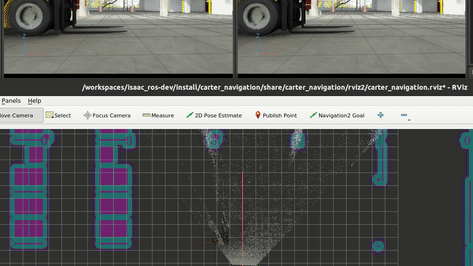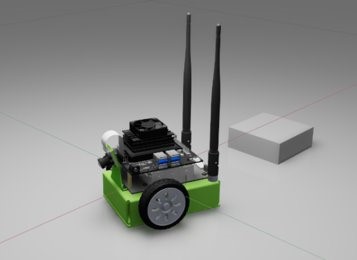
Most objects in home and industrial settings consist of multiple parts that must be assembled. While human workers typically perform assembly, in certain industries, such as automotive, robotic assembly is prevalent. Most of these robots are designed to perform highly repetitive tasks, dealing with specific parts in a carefully engineered setup. In high-mix, low-volume manufacturing (that is��
]]>
Developing effective locomotion policies for quadrupeds poses significant challenges in robotics due to the complex dynamics involved. Training quadrupeds to walk up and down stairs in the real world can damage the equipment and environment. Therefore, simulators play a key role in both safety and time constraints in the learning process. Leveraging deep reinforcement learning (RL) for��
]]>
NVIDIA Isaac ROS GEMs are ROS packages that optimize AI-based robotics applications to run on NVIDIA GPUs and the Jetson platform. There is a growing interest in integrating these packages with the Nav2 project to help autonomous robots successfully navigate around dynamic environments. This work is done entirely in simulation and can be used as a starting point for transferring robotic��
]]>
Collecting a variety of data is important for AI model generalization. A good dataset consists of objects with different perspectives, backgrounds, colors, and sometimes obstructed views. The model should learn how to handle outliers or unseen scenarios. This makes the data collection and labeling process hard. In this post, we showcase sim2real capabilities of NVIDIA Isaac Sim for the��
]]>